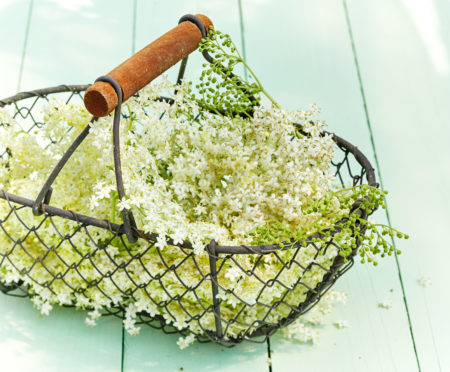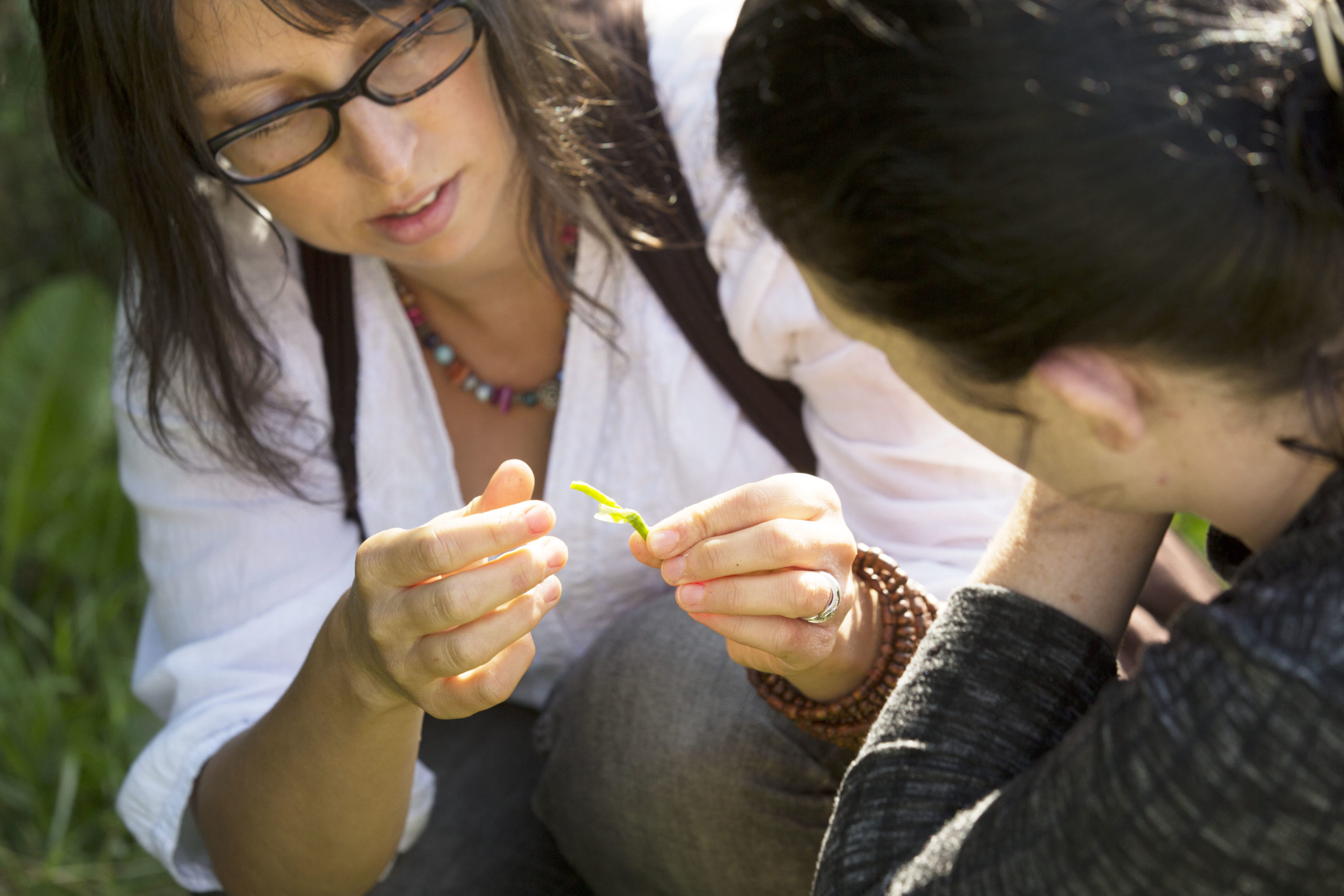As we look forward to warmer summer weather, Julia Bryce talks with Scottish forager Rox Madeira to find out what’s in season and how we can make the most of it.
With the weather warming up, June is a month full of promise when it comes to different flowers and plants blossoming.
From seasonal one-off’s to those that are readily available all year round, there’s so much to learn when it comes to plants and foraging.
This month, Rox Madeira, nutritional therapist and home herbalist of Trossachs Wild Apothecary shares her top plants to forage in June and how to identify them.
As well as her foraging firm, she also runs the Little Alchemists’ Club, taking families on wild food walks and hosting online foraging courses for everyone in the household to learn more about plants. Aimed at helping to educate families about the plants that grow locally and how to forage for and identity them correctly, the walks and courses are a great way for everyone to bond.
Here, Rox shares nature’s secrets – and how we can make the most of them.
Elderflower
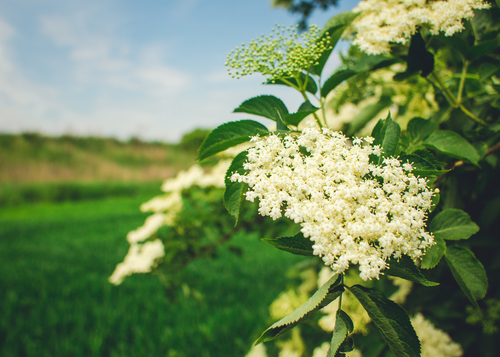
The elderflower tree is a small shrub tree about 10 metres tall. It has a corky, deeply-fissured bark. The leaves are pinnate (sort of feather shaped) with two to three pairs of leaflets going up the stalk with one leaflet at the end. It was traditionally known as the “people’s medicine chest” as all parts have been used in the past for various reasons. But it is only the cooked flowers and berries that we eat. There is so much myth and folklore around the elder tree and it has been seen as a tree of darkness and light, of witchcraft and healing.
How do you pick it safely?
The tree has umbels of white flowers with yellow anthers, which come into season in June – depending where you are in the country. Ideally you would be picking elderflowers after a few dry days as the flowers retain quite a lot of moisture. We want as little of the stalk as possible to be in our foods as it has small doses of toxic compounds in it. When you are picking the flowers the tree should be left looking like no one has touched it so you are leaving enough for other animals/insects/birds, for other foragers and for the berries to develop later in the season.
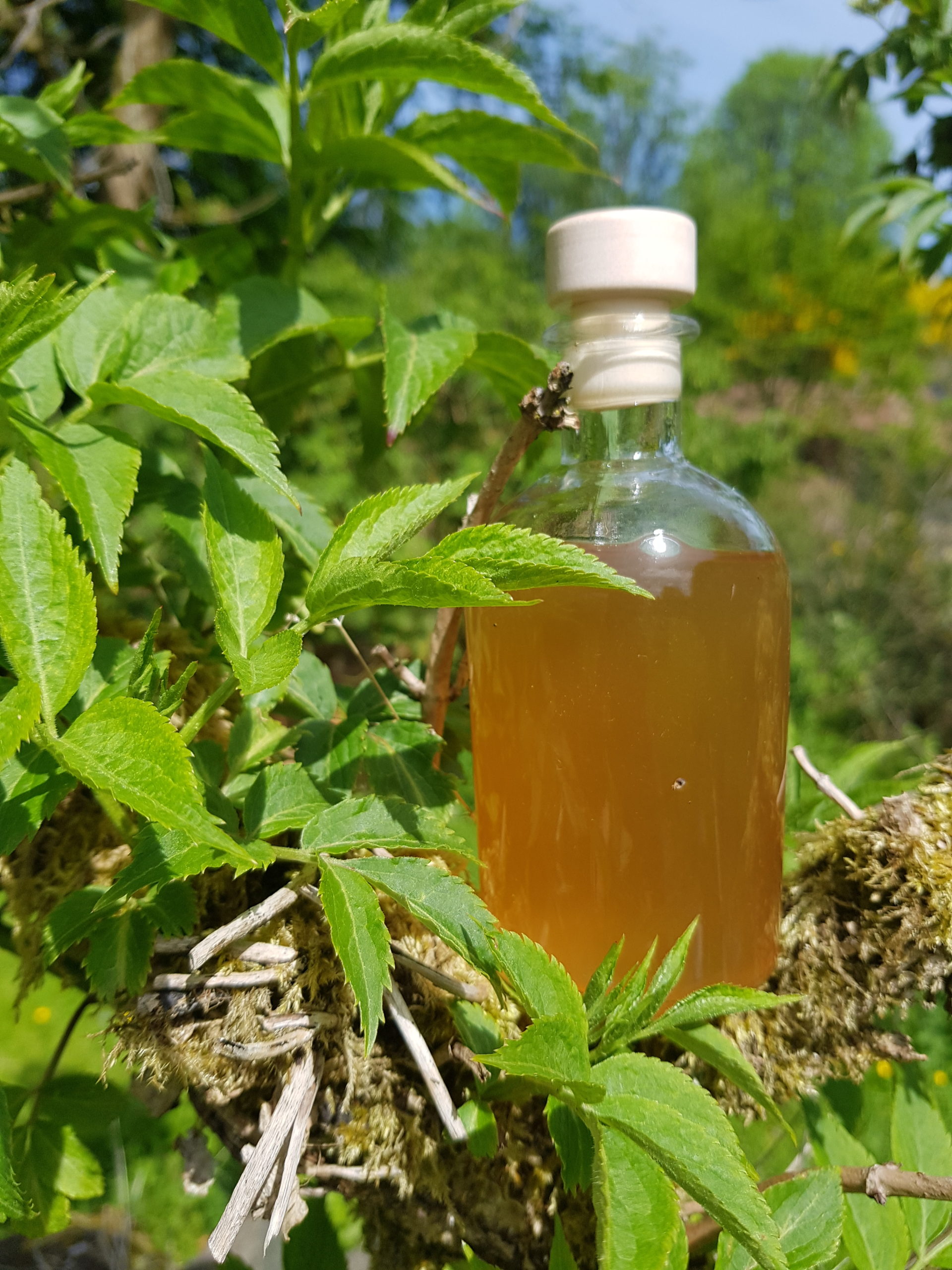
How would you advise people eat them? What can we make with them?
There are loads of recipes for elderflowers. You can drink them as a tea (either hot or cold). The tea may help with hay fever, colds and fever. A cold tea can be used as a softening face wash and as a gentle rinse for conjunctivitis. Making a cordial is a useful process as it can be stored in the fridge for a couple of weeks or in the freezer for longer, and can then be used in many other foods such as elderflower cheesecake, ice cream, lollies, prosecco or jelly. Use elderflowers to flavour water kefir, make elderflower lemonade, champagne or sprinkle the flowers into pancake batter.
Wild Strawberries
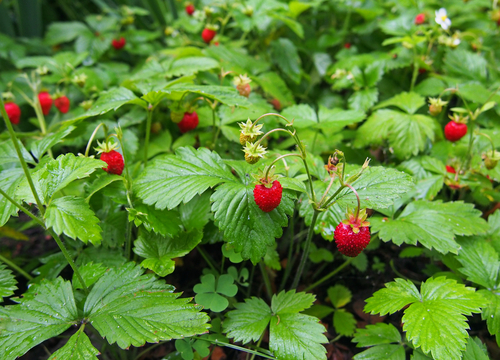
They are a creeping plant with runners and trifolate leaves. They have white flowers and then tiny red strawberries that are similar to cultivated strawberries. You can find them in the wild on the roadsides or hedgerows, woodlands and railway embankments. They taste delicious and have a really sweet flavour, however they are popular with birds, too.
How do you pick them safely?
Make sure that you know what you are picking before you eat them, but wild strawberries look like miniature versions of their cultivated cousins.
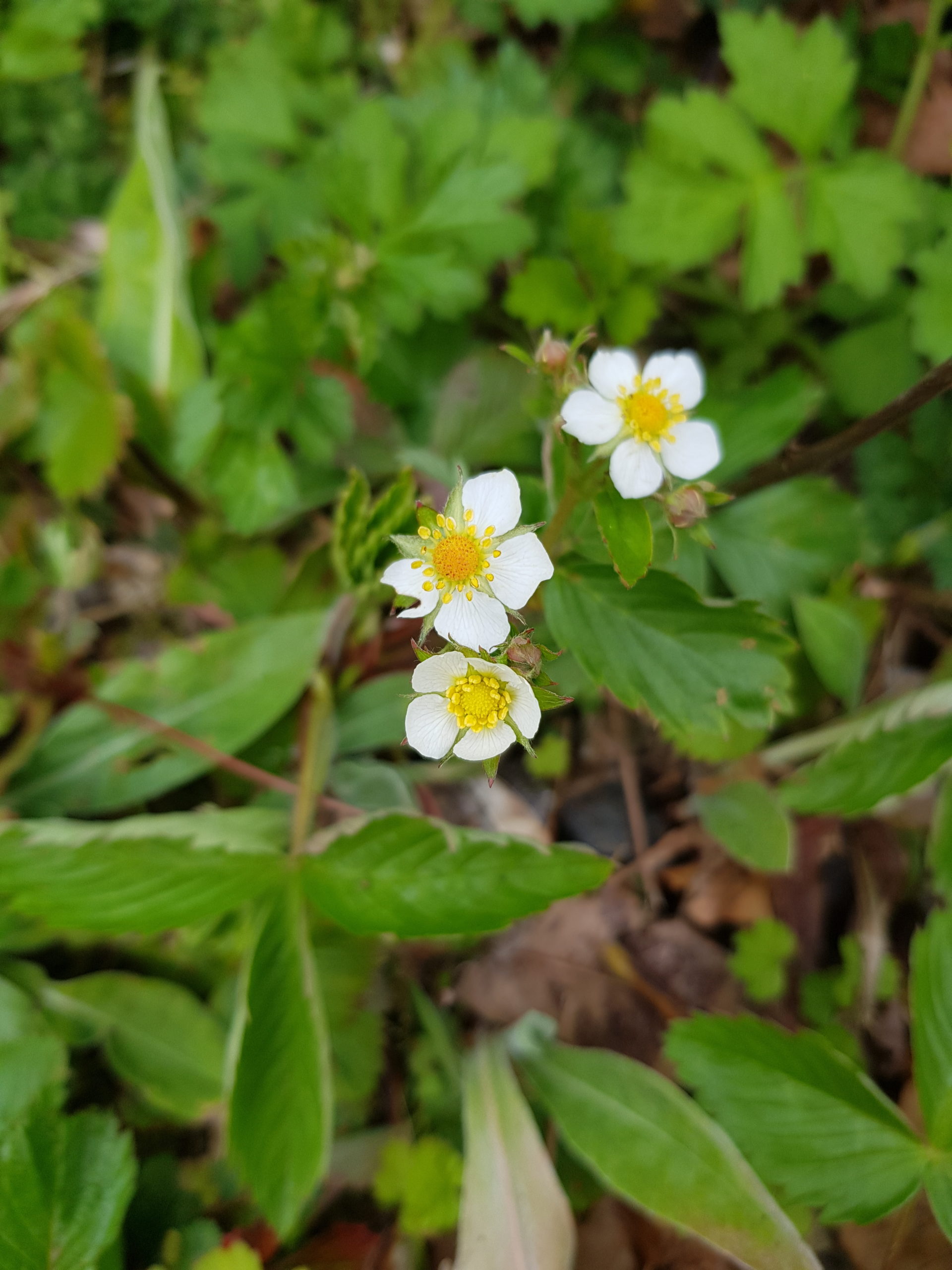
How would you advise people eat them? What can we make with them?
Eat the strawberries on your walk when you find them or save them and use them as delicious garnishes or bursts of flavour, for example, if you are decorating a cake. You can also use the evergreen leaves to make a tea. Gather three to four leaves and crush them before putting them in your cup with hot water and infuse for five minutes. The tea contains Vitamin C and tannins and has been used to aid the digestive tract.
Red Clover
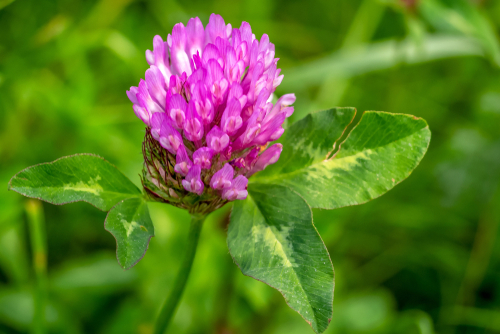
They are widespread in grasslands, meadows and hedgerows and prefer sunny spots. It has narrow oval leaves with little white arrow “v” marks on them. The leaves and stems are slightly hairy and the flower heads are globes of 40-80 little purple tubular flowers. They are very popular with bees so don’t pick too many and they are cousins of the white clover.
Red clover has high levels of trace minerals and has been used for skin issues, coughs, constipation and hot flushes.
It is said that red clover was important to the Druids and when St Patrick wanted to explain the Trinity to the Irish Pagans he used a clover with three leaves.
How do you pick them safely?
Pick them from spots where there are not many dog walkers and pick flowers that look purple and healthy. This flower should be used sparingly, both because the bees love them and because they may have some effects on estrogen in women. Red clover should be used either fresh or dried, but not fermented as this may have blood thinning effects.
How would you advise people eat them? What can we make with them?
The red clover flowers make a really nice sweet addition to teas to give a honey-like flavour – just add one globe to your tea cup. The flowers will brighten up any salad or use them to infuse in a panna cotta, sprinkled on to cakes, wine or a syrup and jelly.
Plantain
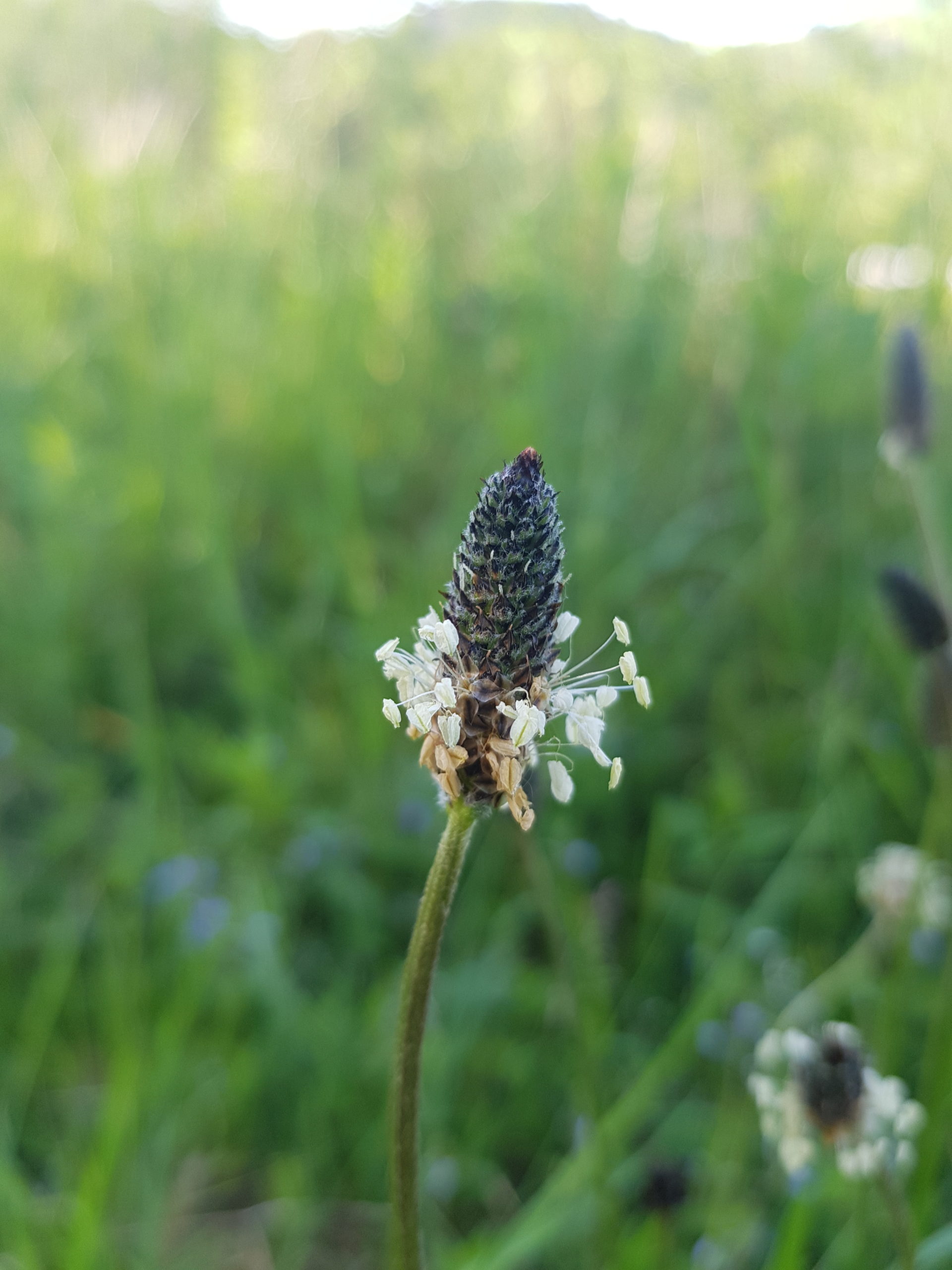
There are two commonly seen plantains – Ribwort which has long leaves, with string running through coming to a point, with conical flower heads atop long thin stalks.
Greater plantain has wider rounder leaves that are close to the ground, with tall flowerheads. It is easily found in parks, by the roadside, along paths, in carparks, lawns and in wastelands. Greater plantain in particular likes compacted soil where lots of people walk.
It was celebrated as a magical herb in pagan times.
How do you pick them safely?
As they are often found in areas where people walk it is a good idea to wash them well.
For first aid you can use the leaves throughout the year, crushing them to get the juice out. The young leaves can be picked to eat and the flower heads are ready when brown – they should have bendy stems and when you break them in half they should be green in the middle.
How would you advise people eat them? What can we make with them?
The young leaves can be put in salads but can be bitter and a bit tough especially as they age. Flower heads can be roasted or fried, added to omelettes, cooked as a green or used in dips. The young leaves can be used in tea or to make bath infusions. It is known for helping coughs, clearing mucous and it has antihistamine effects. A tea which may help hay fever sufferers includes plantain, elderflower and nettle.
Plantain are known best for their wound healing properties. You can blend plantain with aloe vera and freeze it in ice cubes to use on wounds, cuts and mild sun burn, or when out and about chew the leaves and rub on the area. It is also great for insect bites and nettle stings.
